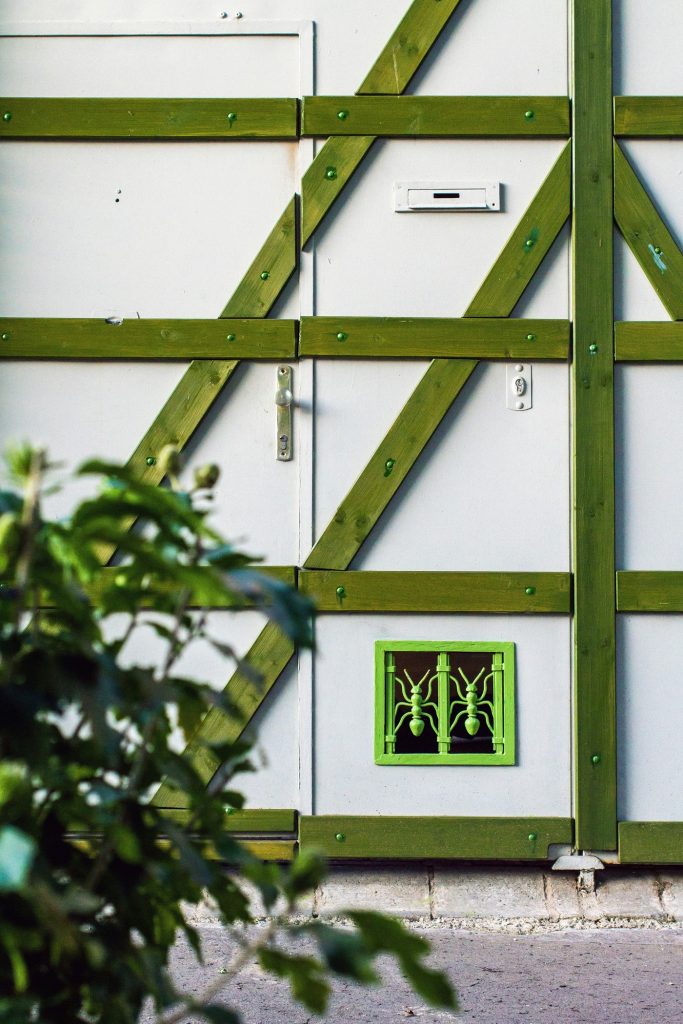Every square meter of Debrecen’s downtown has something of a cultural and historical significance. If you want to get to know the city, you should open your eyes and discover its hidden treasures beyond the obvious sights. To help you see beyond the obvious we have collected for you the most beautiful gates in Debrecen with the help of architect Attila Harangi and photographer Viktor Löki.
1. Reformed Great Church
The emblem of Debrecen represents Puritan Classicism in Calvinist Rome. The largest Reformed Church in the country was built between 1805 and 1821 according to the plans of Mihály Péchy. The Reformed Great Church was built on the foundation walls of the medieval Gothic-style church of St. Andrew, which was completely destroyed in the devastating fire in 1802. The impressive gate ornament of the church reflects the ancient heritage of Debrecen. If you visit Reformed Great Church, take time to appreciate the massive copper handle with intricate symbols.
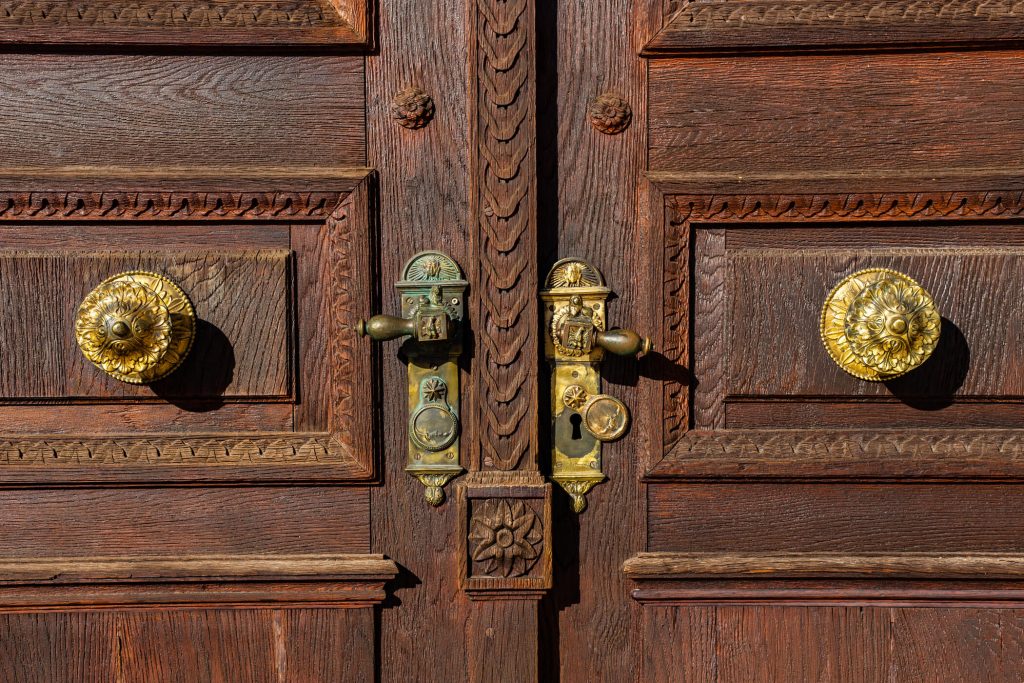
2. Civic House on Varga Street (Varga street, No. 16)
Throughout the history of Debrecen there were have been devastating fires, which destroyed much, even so, some examples of typical one-story buildings still remain. Some parts of the houses can be hundreds of years old and these are important mementos of Debrecen’s past.
Did you know that the wider the gate of the house is, the older it is? The reason behind it lies in the peasant-civilian lifestyle. The gates were built wide to allow carts loaded with feed to pass through.
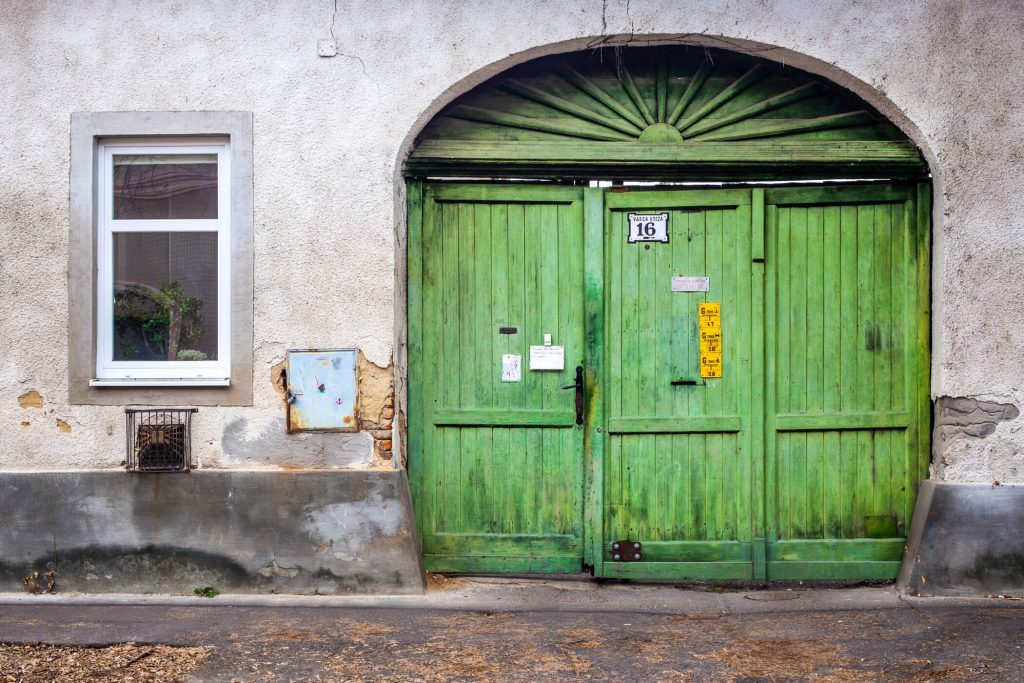
3. Multistorey trading house on Kossuth Street (Kossuth street, No. 18.)
Peter Balogh’s house at No. 18 Kossuth Street is a great example of the typical residential buildings from the 18th and 19th centuries. The part of the building facing the street was built by József Litsman between 1826 and 1829 in the “copf” style. One small door was carved in both wings of its wooden gate.
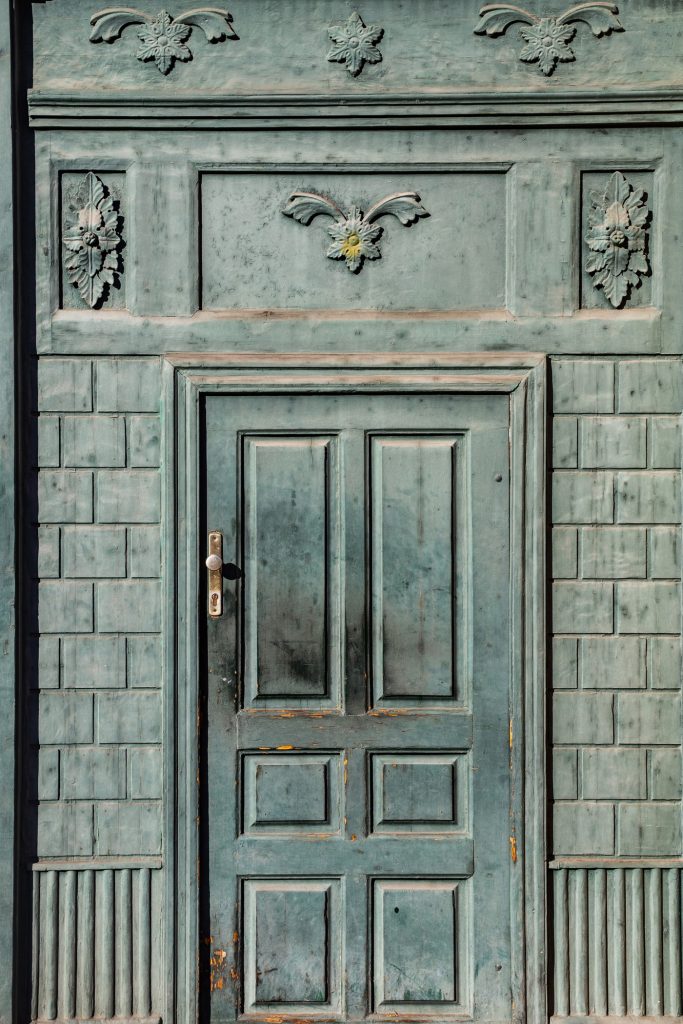
4. Rickl House (Piac Street, No. 39.)
The great-grandfather of Magda Szabó (from her mom’s side), József Rickl, a German merchant, built this classicist building for his renowned supermarket and his family in the 1820s. As the saying goes, when he first visited Debrecen, he measured the distance of the main street in steps. He chose this plot because it was in the middle. The gates of the house are guarded by carved lion heads, and the hoops in their mouths indicate that they are in the service of the people.
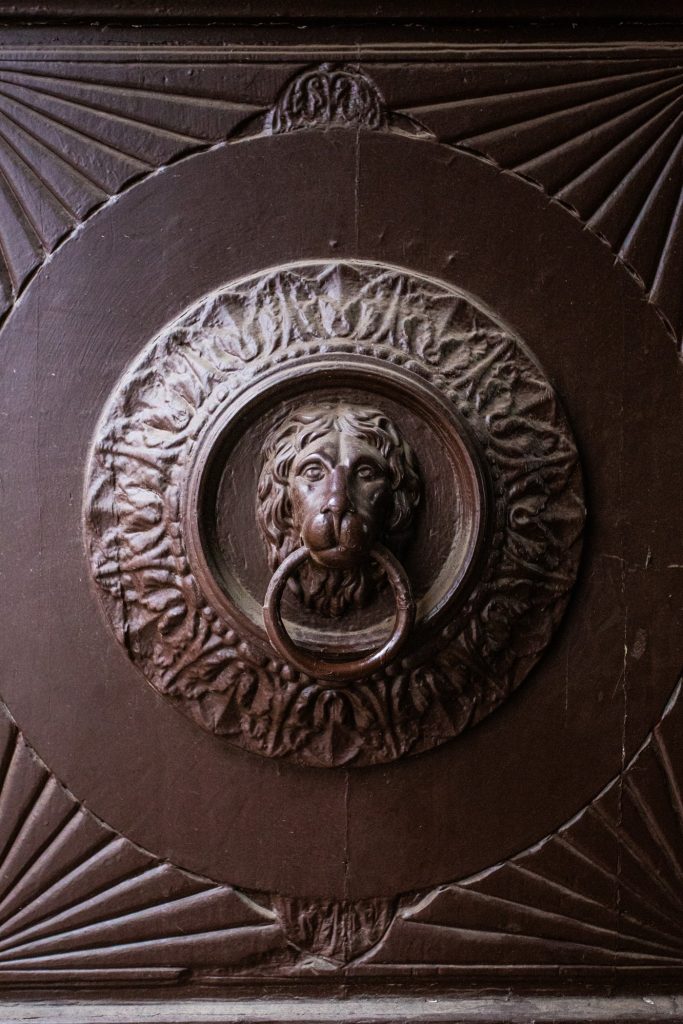
5. St. Anne’s Cathedral
The “cívis” people lived in a homogeneous Reformed community for centuries. Then in the 18th century Catholics settled in the city. They built their church on St. Anna Street between 1719-46 in the Baroque style, designed by the Italian-born G.B. Carlone. The construction of St. Anne’s Church began at the expense of Count Imre Csáky, the bishop of Oradea, who wanted to represent the power of Catholics before the “Calvinist Rome” with a representative church. His crest is above the main entrance.

6. Church at Árpád Square
The built heritage of Debrecen is relatively young, with very little still standing after the war from before the Baroque period. Historic, eclectic buildings built around the turn of the century make up for this. The richly carved gate of the neo-Romanesque church built in 1912 on the square of Árpád Square, designed by Paul Tóásó, it evokes the sacred gates of the Middle Ages.
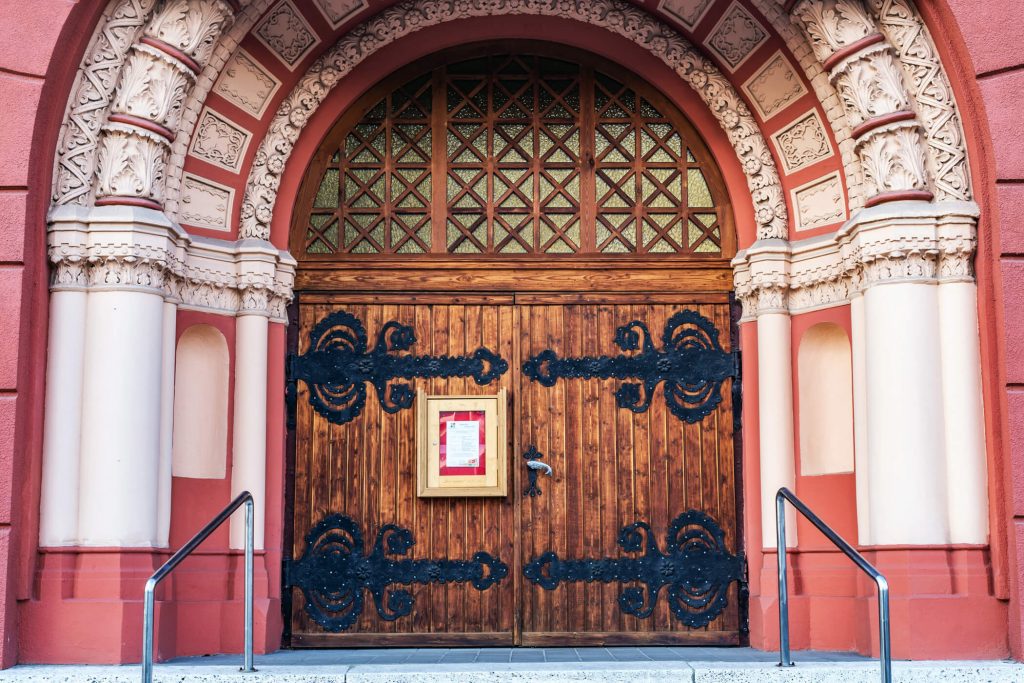
7. Clinic buildings
With the founding of the Hungarian King University of Debrecen in 1912, large-scale construction began in the city. Debrecen donated a huge area of land to the university for the establishment of a central building and clinical hospitals. The clinic buildings were continuously based on the plans of Flóris Korb in the spirit of historicism from the end of the First World War until the handover of the university’s main building in 1932. Buildings are often characterized by Baroque monumentality.
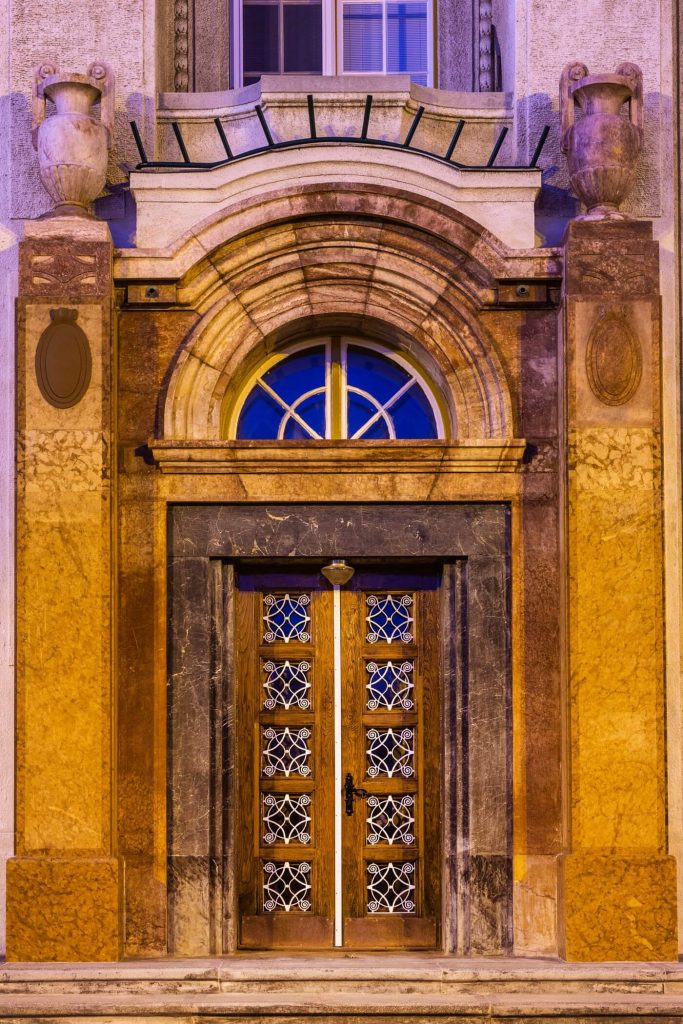
8. Ornate gate of the residential house (Külsővásártér street, No. 16)
The previous house style of the local residents was replaced by civic (bourgeois) houses in the second half of the 19th century. The restrained Puritan design was enhanced by eclectic ornaments.
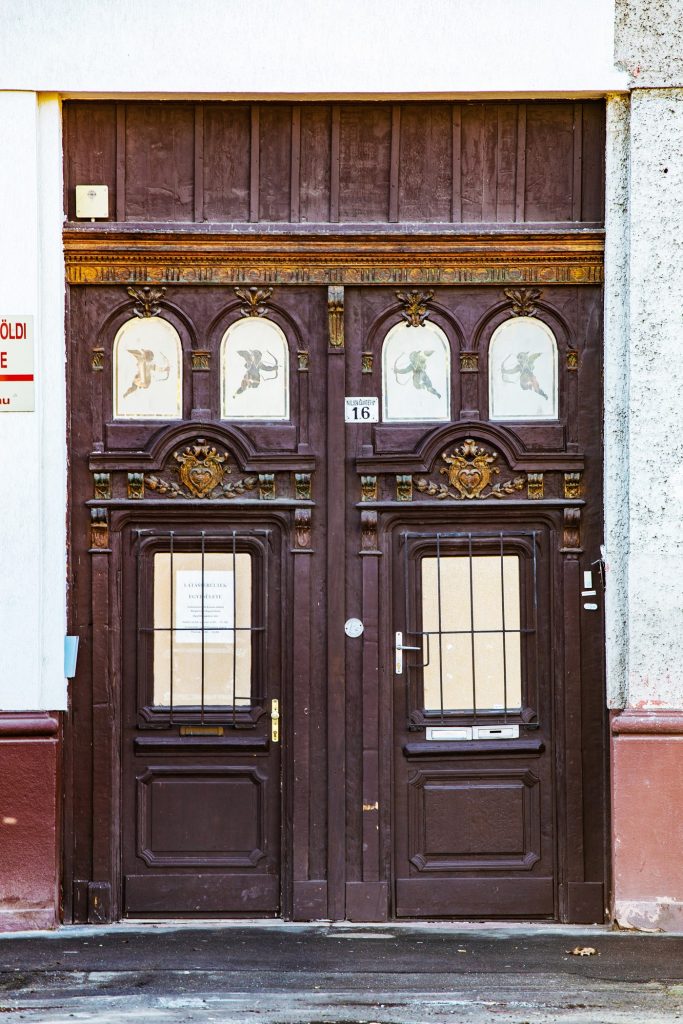
9. The Ex-Széll Kálmán House (Bajcsy-Zsilinszky street, No. 35-37.)
One of the most beautiful Art Nouveau buildings designed by the architect Károly Pavlovits in the 1910s is located away from the bustle of Piac Street. The house is on the quiet Bajcsy-Zsilinszky street. The main attraction of the building is the main façade and gate which is influenced by the Viennese Art Nouveau style, and its decorative elements were made by sculptor Sándor Somogyi. The facade is decorated with closed balconies decorated with flower garlands and loggias with wrought iron lattice.
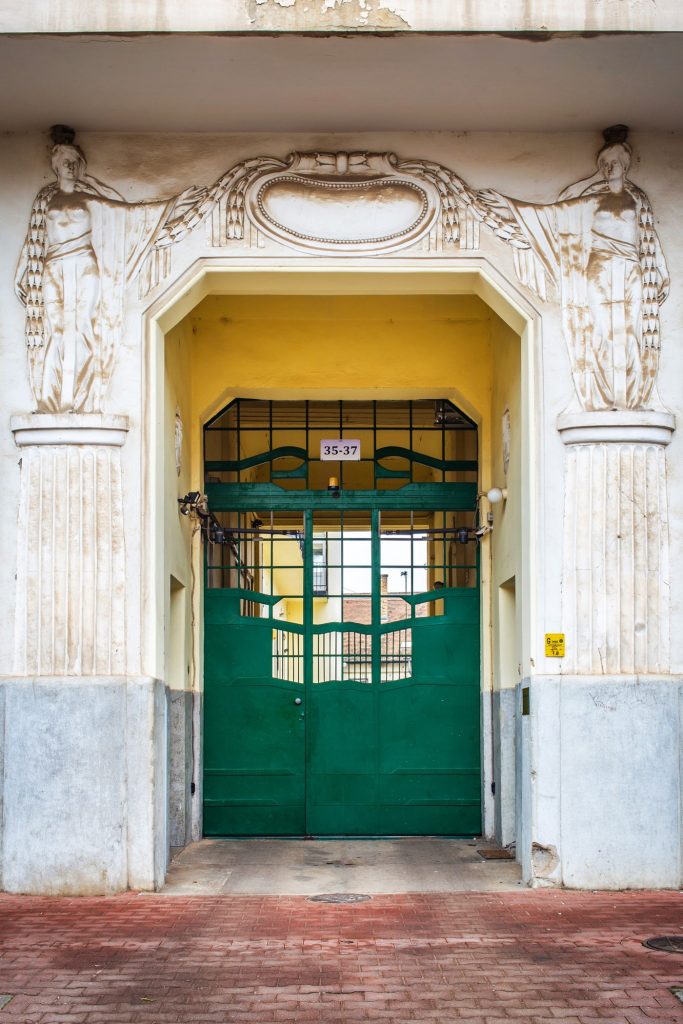
10. Art Nouveau house at the Garay street (Garay Street, No. 18.)
Alongside the imposing palaces of the downtown streets and close to the Museum Quarter, there is a one-story Art Nouveau building with an ornate metal gate on the Garay street which is worth visiting.
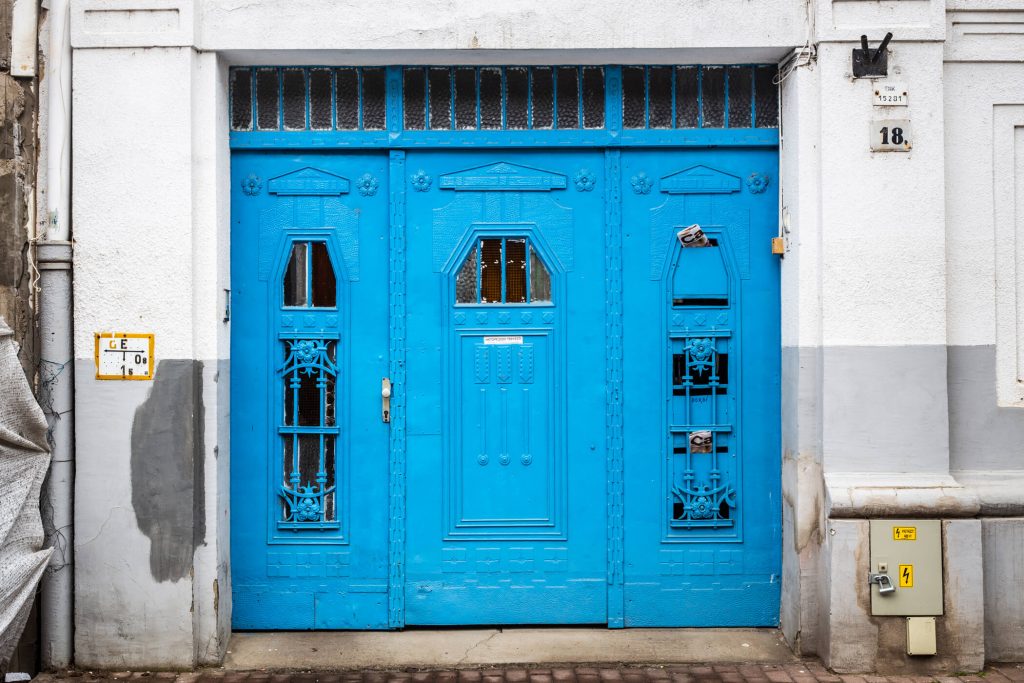
11. Art Nouveau Townhouse at Darabos Street (Darabos street, No. 39.)
The floorplans of this house of wealthier residents were made in 1914. This special residential building features Viennese and French Art Nouveau motives, and it is decorated with stylized plant motifs and geometric patterns. The gateway, which is specially crafted, is a hidden ornament of the city.
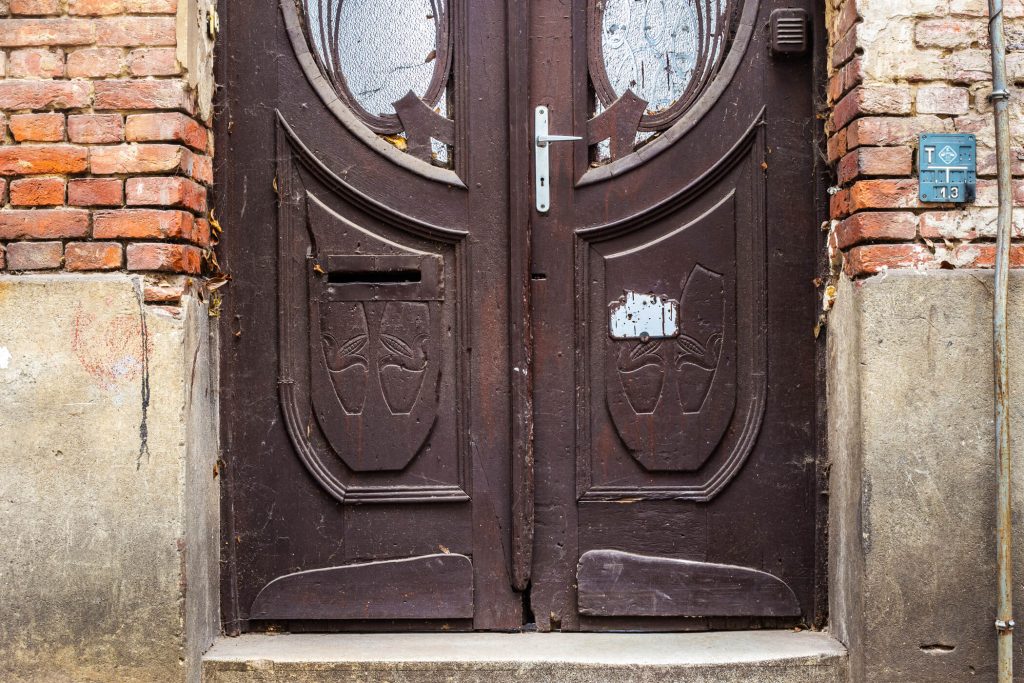
12. County House (Piac street, No. 54)
The impressive County Hall is one of the most beautiful buildings of the Hungarian Art Nouveau. It was built between 1911 and 1912 based on the plans of Zoltán Bálint and Lajos Jámbor, the architects of the capital. The façade is decorated with pyrogranite elements from the Zsolnay factory in Pécs. The arch of the cave-like entrance gives the building a historical emphasis according to its function.
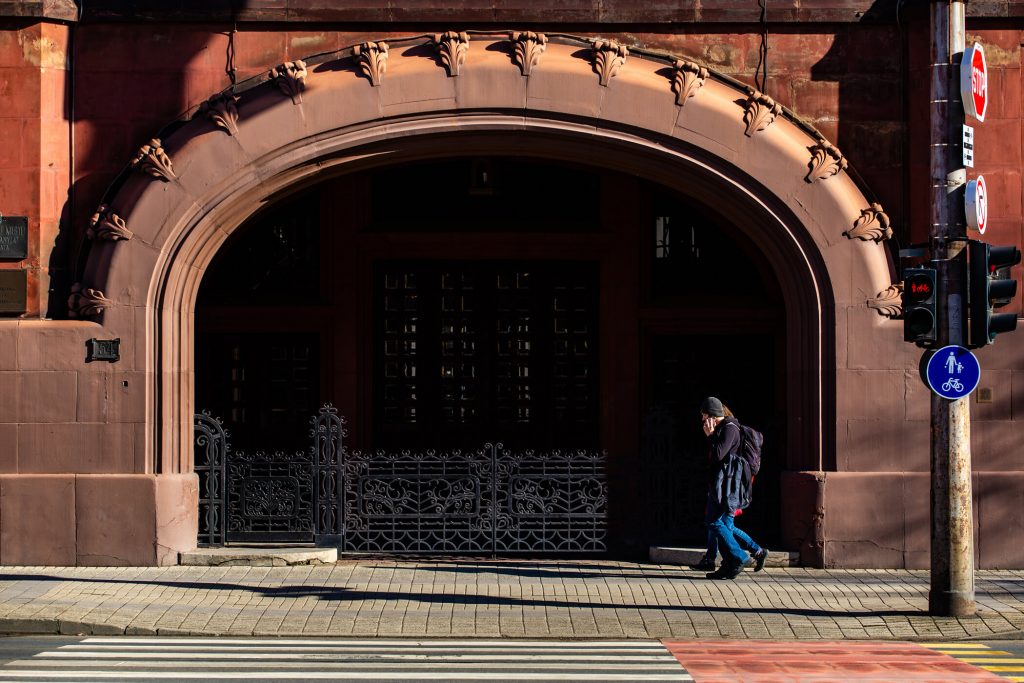
13. Police Palace (Kossuth Street, No. 20)
The Police Palace was built in 1914 in the style of Hungarian Art Nouveau and based on the plans of the architect, József Borsos. It is an excellent example of the search for a national built identity. The curved stone frame of its gate is decorated with symbols reminiscent of the carvings of the shepherds. The bronze gate is filled by the light show of the leaded glass windows. The gate is crowned with a glazed ceramic relief depicting the coat of arms of the city.
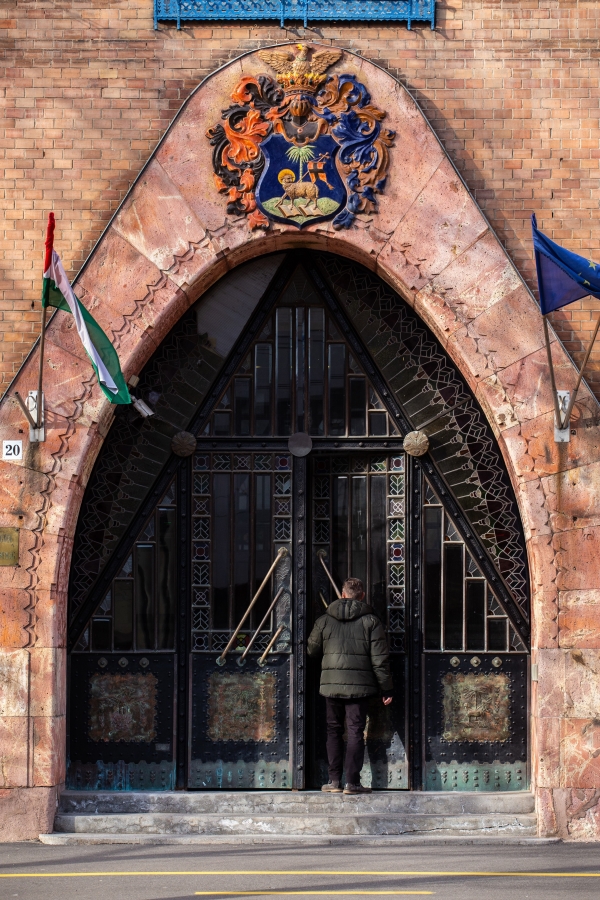
14. Apartment building at the Újházi Ede street
The building on the corner of Kossuth Street and Újházi Ede Street fits the scale and style of the neighboring Police Palace. The entrance of the house built at the beginning of the 20th century was hidden in a quiet connecting street instead of the busy Kossuth Street.
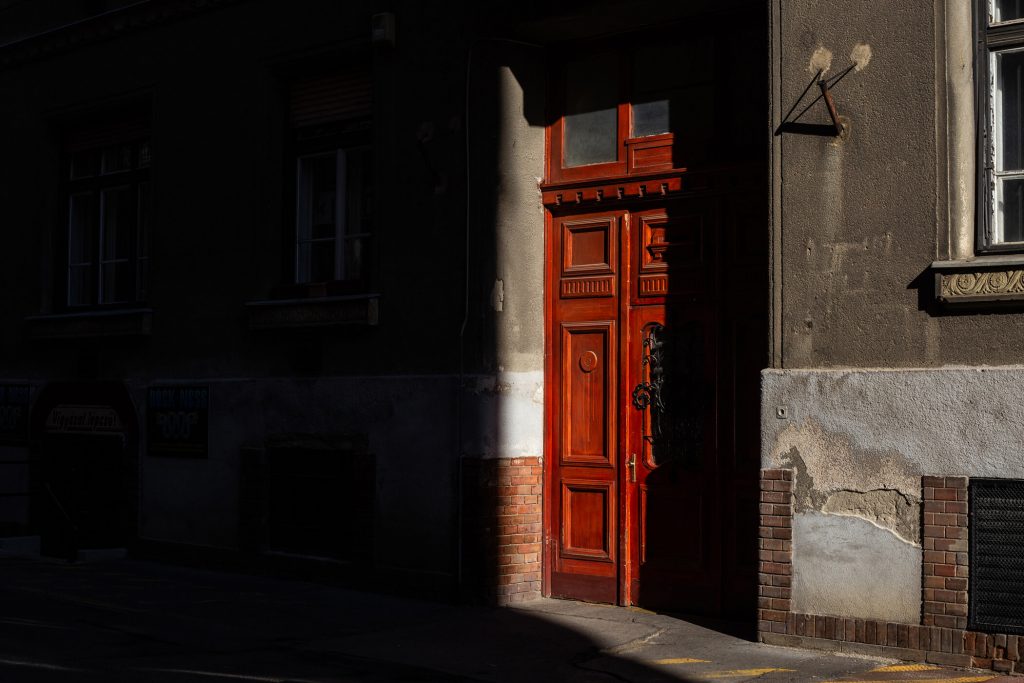
15. The Bishop’s Palace
The Calvinist Church built the “palace” on the corner of Hatvan Street for investment purposes. It was located at the former residence of the Calvinist Bishop Péter Méliusz Juhász. The church building, built in 1913, is an Art Nouveau work of Zoltán Bálint and Lajos Jámbor, who also designed the County Hall. With numerous patios, staircases and aisle, the building gives the neighborhood a true metropolitan look. The entrances of the internal yards are enclosed with decorative lattices.
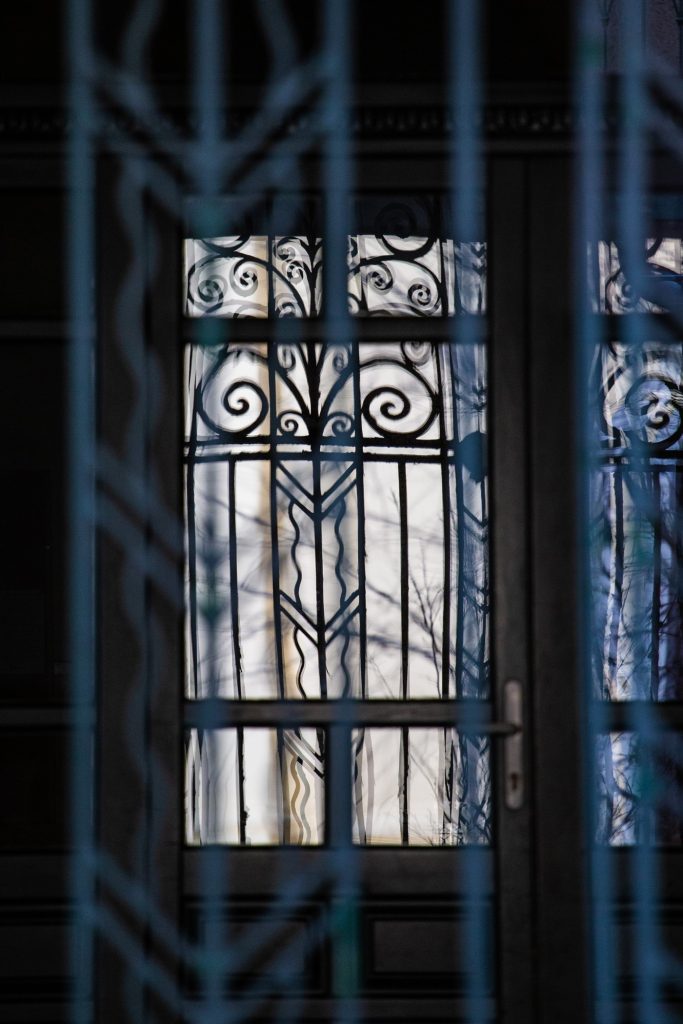
16. Déri Museum
The neo-baroque building, home to one of the most famous public collections in Hungary, was built between 1926-28 according to the plans of Dénes Györgyi and Aladár Münnich.
The main part of the building is the outstanding part of the facade that is covered with a dome similar to typical Baroque castles. Three prestigious gates framed by rich Baroque architecture led into the circle-shaped central foyer. You can see the Latin caption “Art is eternal, life is finite” above it.
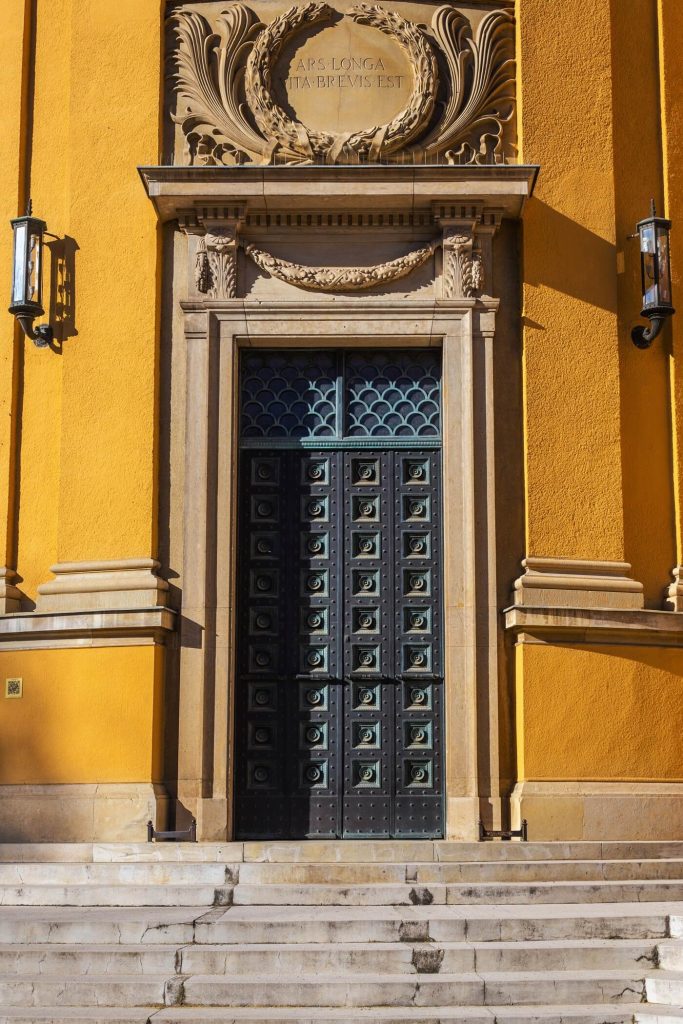
17. Art Deco Apartment Building at Hatvan Street (Hatvan street, No. 6)
The apartment building of the former Jewish community was built in 1930 according to the plans of István Sajó. The architect left his successful American career behind and returned back to his hometown, Debrecen in 1928. He designed several Art Deco-style buildings. An outstanding example of this is the five-storey clinker-brick apartment building on Hatvan Street. The house with its geometric shapes, functional and not fancy exterior is a special, colorful spot of the city centre.
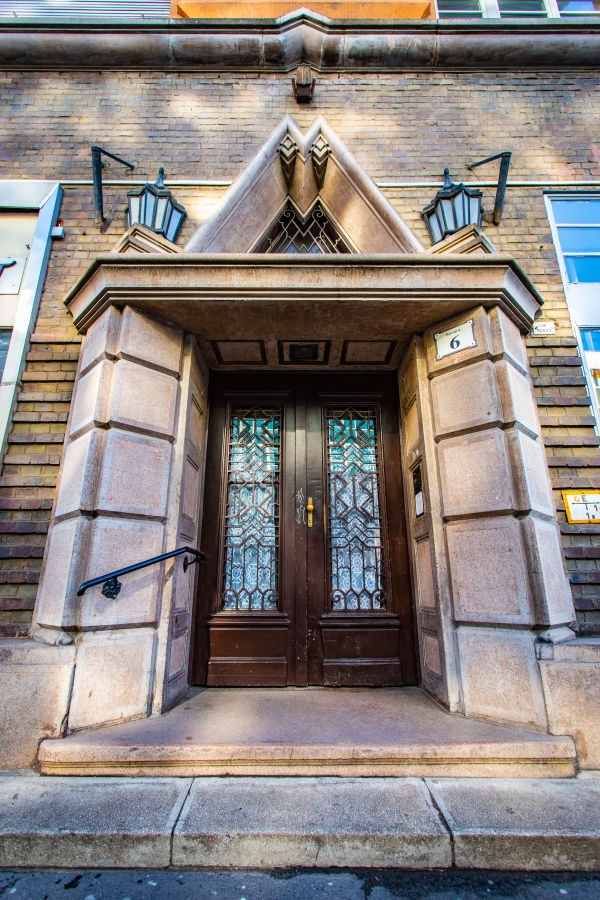
18. University of Debrecen, Centre for Agriculture and Science (Böszörményi street, No. 138)
The entrance of the former Agricultural High School built in the early 1940s is decorated with artworks from the Socialist Realism area. The relief “Hortobágy” on the arched wall and others on the pillar were made by Zoltán Liszkai Kováts in 1941.
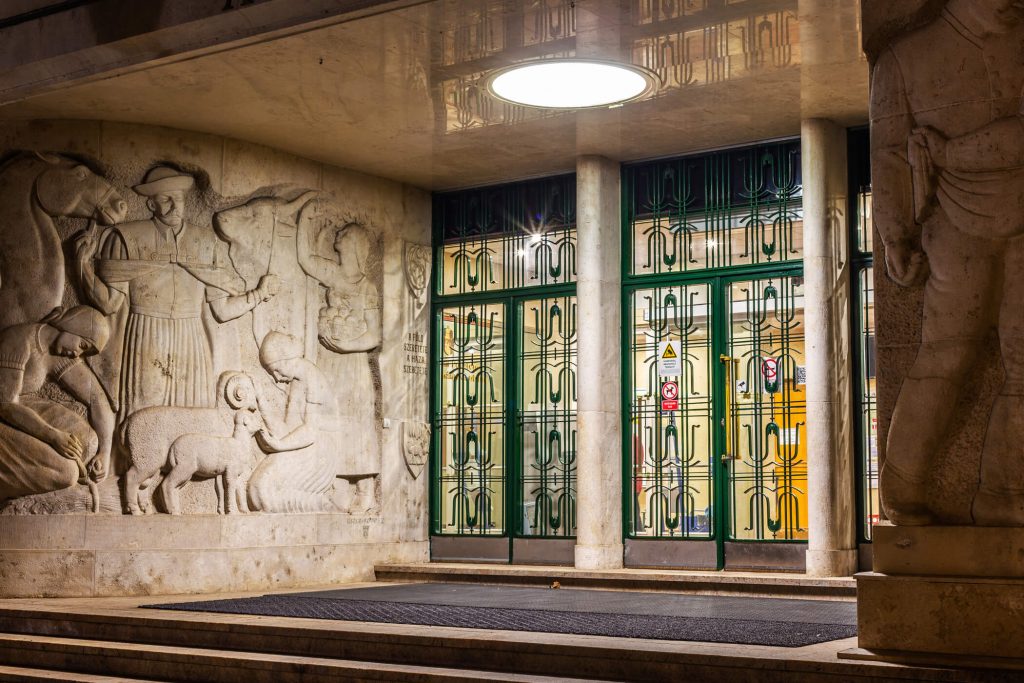
19. Library of the University of Debrecen at Kassai Road
The Library and the Centre for Social Sciences and Health Education of the University of Debrecen built between 1999 and 2002 was designed by Ernő Kálmán and György Major. The simple glass entrance is emphasized by two massive pillars, while the monotonous exterior is decorated with ceramic reliefs. The clean construction of the contemporary gate, made of large arched shapes, can be interpreted as a postmodern creation.

20. Ant (Hangyás) Apartment Building (Piac street, No. 40.)
One of Debrecen’s most special gates adorns one of the city’s first modern buildings. The five-story house was built in 1938 for the Hangya Cooperative, which also operated the national store network. It was built according to the plans of Aladár Münnich, who also designed the Déri Museum. Its original gate was a simple elevator grid. Its new green iron gate, designed by Zoltán Magyar and cast by smith Imre Kovács from Tiszaörvény, features 78 pieces of 25-inch tall ants.
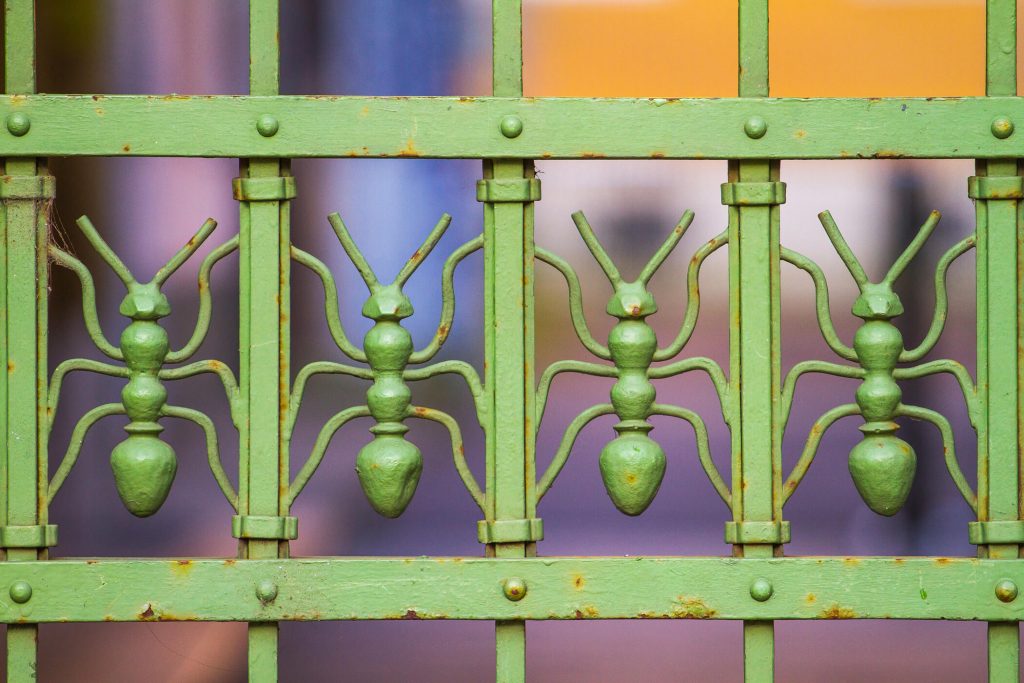
20 + 1 Ants on Kút Street too
If you walk around the Old Town of Debrecen, you can catch a glimpse of another ant gate at Piac Street. The designer of the gate of downtown Ant House decorated the entrance of his family home with ants that were not used in the construction of the house’s gate at Piac Street.
